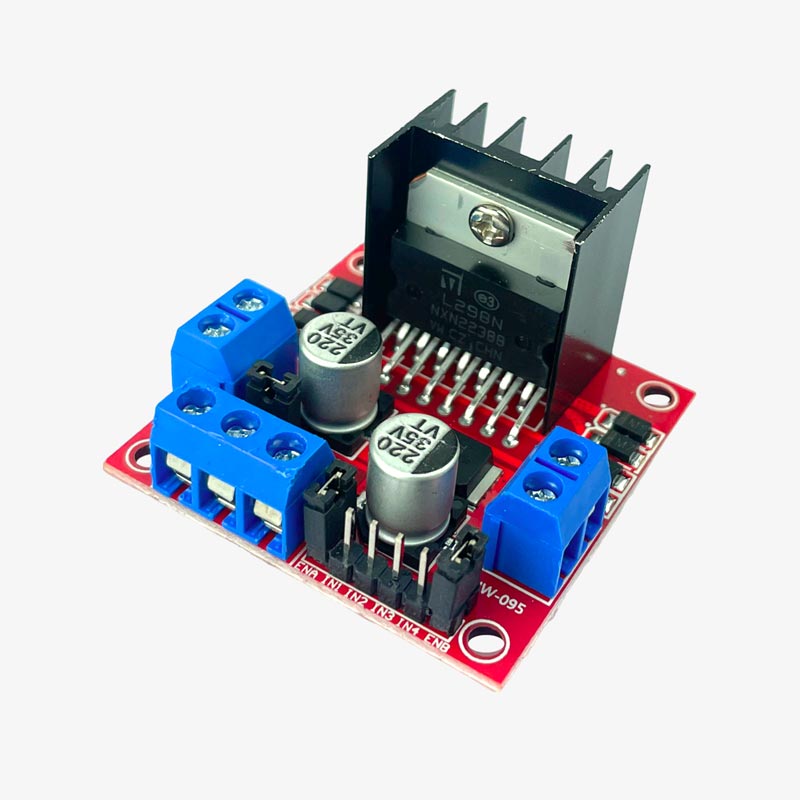Motor Driver Components:

Power Stage:
- H-Bridge Configuration: The power stage typically consists of an H-bridge configuration, which allows bidirectional control of the motor by enabling current to flow in either direction through the coils.
Control Logic:
- Microcontroller/Processor: This component is the brain of the , responsible for processing control signals and generating the necessary PWM (Pulse Width Modulation) signals for the power stage.
Input Interface:
- Signal Inputs: Motor drivers receive control signals from external sources, such as a microcontroller or sensor feedback. These signals dictate the desired motor speed, direction, and braking.
Current Sensing:
- Current Sensors: To monitor and regulate motor current, current sensors are employed. This feedback is crucial for preventing overcurrent conditions and ensuring efficient motor operation.
Protection Circuitry:
- Overcurrent Protection: Motor drivers often include protection mechanisms, such as overcurrent protection, over-temperature protection, and short-circuit protection, to safeguard the motor and driver from damage.
Fault Detection:
- Fault Detection Circuitry: This component identifies any irregularities in motor operation or driver performance, triggering appropriate responses like shutdown or error signaling.
Gate Drivers:
- Gate Driver Circuits: In the case of power MOSFETs or IGBTs used in the H-bridge, gate drivers are essential for efficiently driving these switches, ensuring fast switching times and minimizing power losses.
play a crucial role in controlling and powering various types of
motors, enabling precise and reliable motion in a wide range of applications, from
robotics to electric vehicles.

Comments
Post a Comment